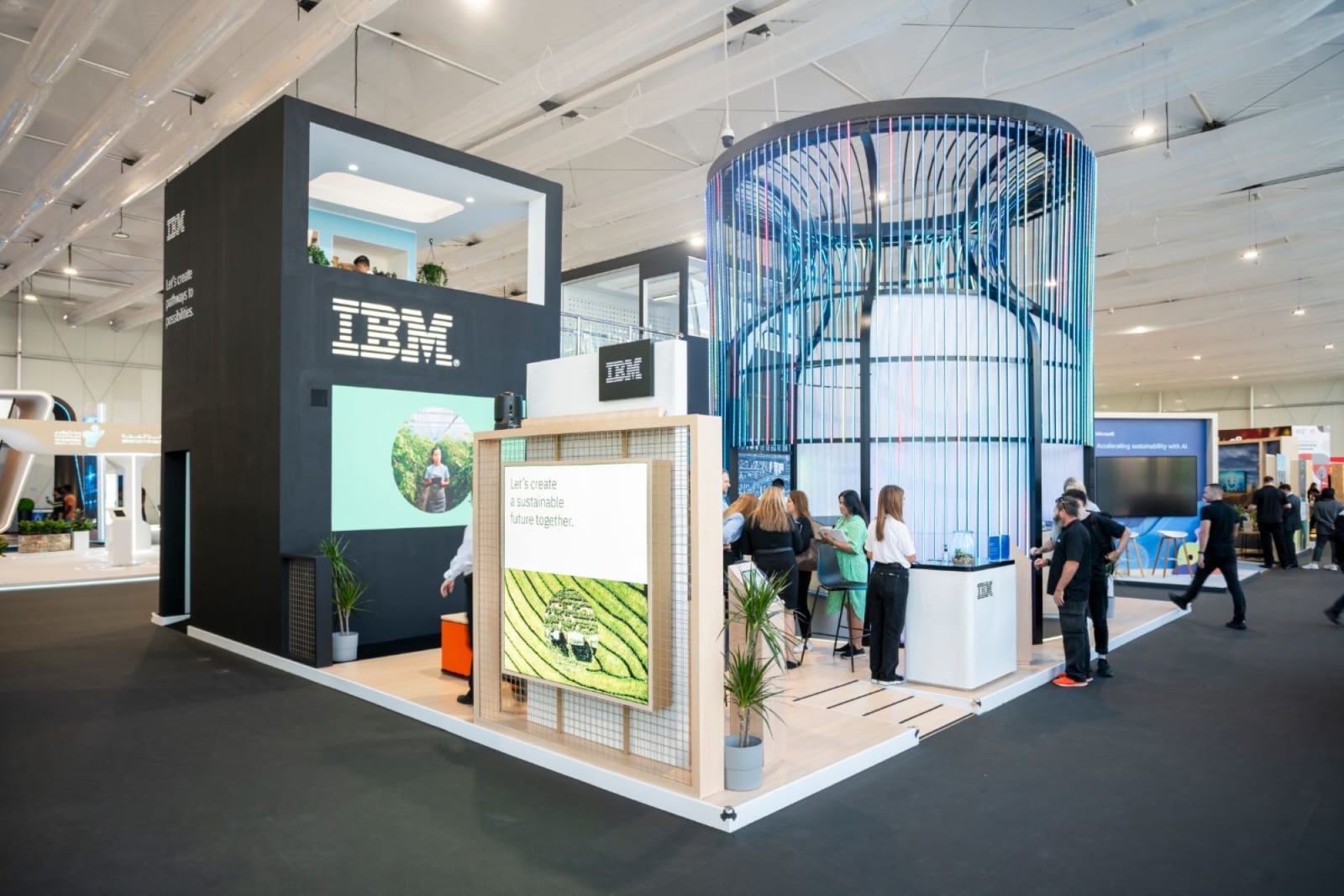How can we accelerate the use of complex software to aid the ecological transition among businesses, governments, and international organizations? In Dubai, during COP28, Renewable Matter met with Christina Shim, Head of IBM Sustainability Software, to discuss how Big Blue is tackling the environmental crisis with its inventions.
Shim manages IBM’s sustainability software portfolio and sits on IBM’s AI Ethics Board and the ESG Steering Committee. “Our focus is using software that turns sustainability ambition into action. Institutions and businesses need to aggregate, manage, analyse, and actionise data, enabling different organizations to reach their environmental goals,” says Shim. “Today, we still see Fortune 10, Fortune 54, and Fortune 500 companies still using spreadsheets, trying to make sense of what they're doing in terms of ESG. This does not speed up the transition.”
IBM’s climate and infrastructure solutions
IBM provides green solutions in many areas. The latest of these is ESG data management and reporting. “For this, we use the Envizi suite, a one-stop solution with an automatic dashboard to make sense of a myriad of data in one place.”
Climate is an area of high interest – not just at COP28 – both for energy applications and climate resilience and adaptation strategies. “For climate extremes, we have access to weather company data APIs, and we partner with NASA on building foundation models for geospatial data. This provides complex information for government organizations as well as companies to understand how they can mitigate and adapt, but also protect against disaster and then influence operational decisions.”
Examples of climate applications abound. IBM works with many airlines and airports to predict any disruption and extreme weather events that can cost money and energy, as well as with insurance companies that have become aware of climate risks. “In California and Florida, some of them have pulled out from high-risk areas, primarily because of wildfire and flood risks. With proper information, they can understand exactly what sort of insurance products they should (or shouldn’t) be offering. Insurance providers can plan accordingly and adapt their business model depending on what the models tell them.”
Another area includes intelligent assets, infrastructures, and facilities. “We use Maximo, a predictive health monitoring and maintenance system for large-scale infrastructure. Thanks to predictive systems, we can decrease energy use, protect human health, and save costs. We recently worked on the Øresund Bridge, in Denmark, implementing a predictive maintenance system that will extend the life of the bridge by another 100 years, while saving 750,000 tons of carbon dioxide,” Shim explains.
Greening the Cloud
The third area in IBM’s sustainability portfolio relates to greening cloud computing and data centres, especially for sectors focused on maintaining on-premise data centres, such as financial services or governments. Data centres constitute a huge part of their environmental and carbon footprint. “Turbonomic is our platform for data centre performance management and cost optimization, ensuring the lowest energy usage. It’s also the technology we use internally at IBM.”
The last area is supply chain circularity. “Our Order Management System supports inventory management, distribution, and the lifecycle of products, specifically for retail customers. We also have a similar blockchain software that helps to decrease waste, with an embedded carbon calculator.” The goal now is to also provide these solutions to SMEs and support enterprises in collecting the best possible data, a key challenge for decarbonisation and reducing an operation’s impact.
“On the innovation side, IBM is investing heavily in its new data and AI platform, called WatsonX. We are embedding WatsonX in a lot of our sustainability software portfolio. In the future, fewer routine things will be done by humans and more with AI support, so humans will perform more high-value skills and functions while saving energy and money in real-time.”
This article is also available in Italian / Questo articolo è disponibile anche in italiano
Image: IBM
© all rights reserved



